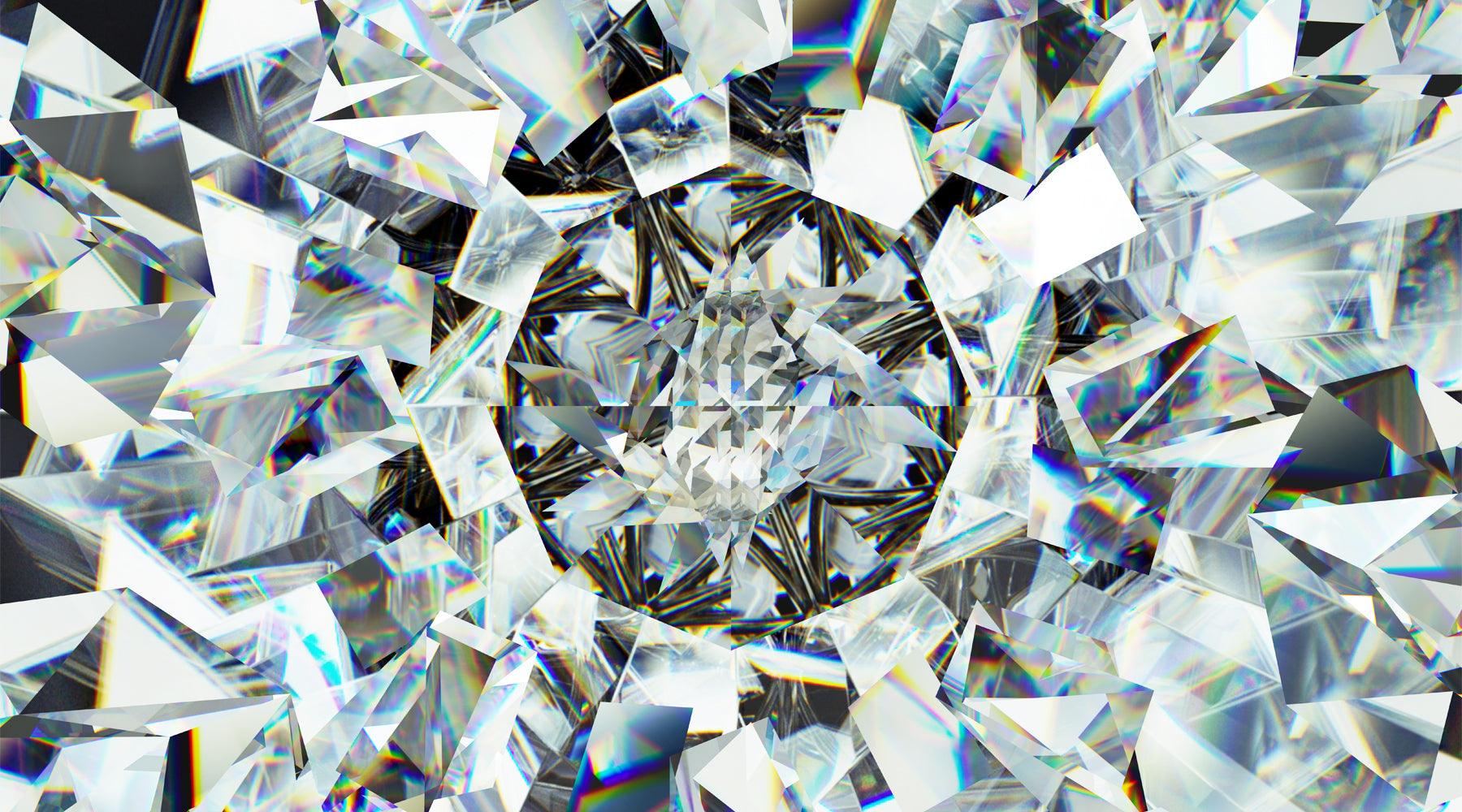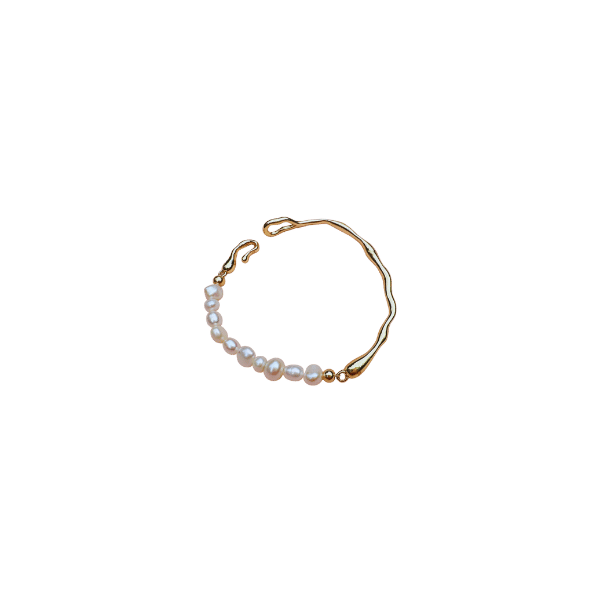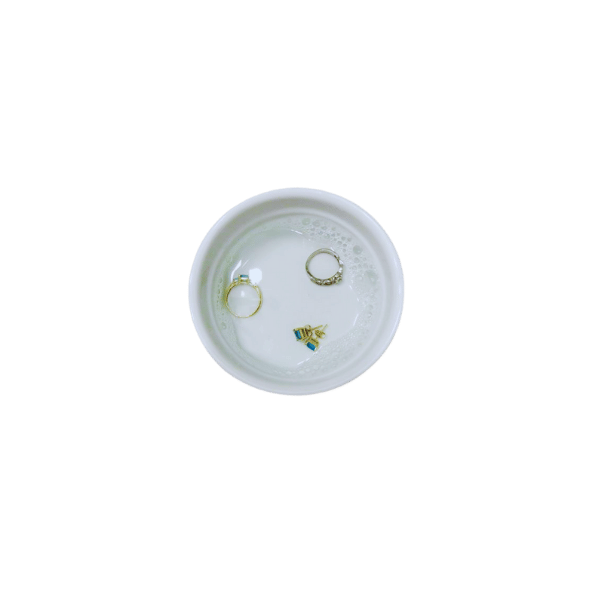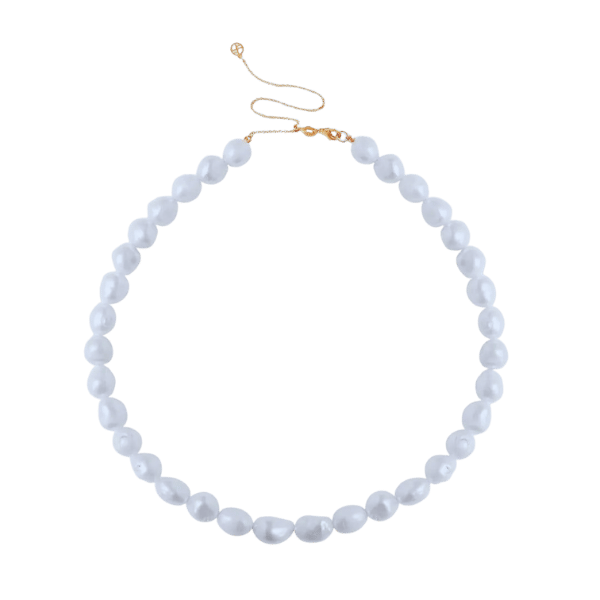Intro
Over the years, moissanite has gained popularity as one of the best substitutes for diamonds, offering stunning brilliance, incredible durability, and an ethical advantage over traditional gemstones. In this comprehensive review, we’ll explore whether moissanite is truly the best diamond alternative and why it might be the perfect choice for your next piece of jewelry.
What is Moissanite?
Moissanite is a gemstone that was originally discovered by French chemist Henri Moissan in 1893 in a meteorite crater in Arizona. The natural form of moissanite, however, is extremely rare, which is why all moissanite gemstones used in jewelry today are lab-created. These lab-grown stones are chemically, physically, and optically similar to natural moissanite, but they offer a sustainable and affordable option for jewelry lovers.
Moissanite’s growing popularity stems from its exceptional sparkle, high durability, and environmentally friendly production process. But how does it really compare to diamonds?
Moissanite vs. Diamond: A Head-to-Head Comparison
To determine if moissanite is the best diamond alternative, we need to take a closer look at the characteristics that set these two gemstones apart.
1. Brilliance and Fire
When it comes to sparkle, moissanite actually outshines diamonds in some areas. Brilliance refers to the ability of a gemstone to reflect white light, while fire is the ability to disperse light into a rainbow of colors.
Moissanite’s brilliance is higher than that of a diamond, with a refractive index of 2.65-2.69 compared to a diamond’s 2.42. This gives moissanite a more dazzling sparkle under various lighting conditions.- Fire is where moissanite really stands out. Due to its unique crystal structure, it displays more fire than a diamond, which can make it appear even more vibrant in direct sunlight.
For someone seeking maximum sparkle, moissanite might actually be a better choice than diamonds, especially for earrings and necklaces.

2. Hardness and Durability
Durability is a crucial factor when choosing a gemstone, especially for jewelry that will be worn daily, such as engagement rings.
- Diamonds are the hardest naturally occurring substance on Earth, with a Mohs hardness rating of 10.
- Moissanite isn’t far behind, with a Mohs hardness of 9.25. This makes it an extremely durable option for everyday wear, resistant to scratches, chips, and other damage.
While diamonds are slightly harder, moissanite’s high durability makes it an excellent choice for long-lasting jewelry.

3. Affordability
One of the biggest factors that attracts people to moissanite is its affordability compared to diamonds. On average, a moissanite gemstone costs 10-15% of the price of a comparable diamond.
For example, a 1-carat diamond can cost anywhere from $5,000 to $10,000 depending on quality, while a 1-carat moissanite stone is typically priced around $500 to $1,000. This significant price difference makes moissanite a more accessible option for those looking to maximize their budget without sacrificing beauty.

4. Ethical and Environmental Impact
The diamond industry has long been criticized for its involvement in unethical mining practices and environmental destruction. Many diamonds are sourced from conflict zones, which has led to the term "blood diamonds."
- Moissanite, being lab-created, is free from the environmental damage and human rights concerns associated with diamond mining. This makes it a more ethical choice for consumers who prioritize sustainability and ethical sourcing in their purchases.
Choosing moissanite allows you to enjoy the beauty of a gemstone without contributing to these global issues.
5. Appearance
At first glance, it can be difficult to distinguish moissanite from diamonds. Both stones have a clear, brilliant appearance, but under closer examination, their differences become apparent.
- Moissanite’s higher brilliance and fire may give it a slightly different sparkle, which some people describe as more “rainbow-like” than a diamond’s white light reflection.
- In larger sizes, moissanite’s unique sparkle can be more noticeable, which may make it more identifiable as a diamond alternative. However, for most people, the difference is minimal, and the average observer would struggle to tell the two apart.

Why Choose Moissanite Over Diamond?
Now that we’ve explored how moissanite compares to diamonds, let’s dive into why you might choose moissanite as the ideal gemstone for your jewelry.
1. Budget-Friendly Luxury
One of the most compelling reasons to choose moissanite is its affordable price point. Whether you’re shopping for an engagement ring, earrings, or a necklace, opting for moissanite allows you to allocate more of your budget towards other aspects of life or get a larger, more impressive gemstone for the same cost as a smaller diamond.
2. Ethical Appeal
If you’re concerned about the environmental and ethical implications of diamond mining, moissanite offers a guilt-free alternative. Knowing that your gemstone is conflict-free and environmentally responsible can make your purchase all the more satisfying.

3. Durability for Daily Wear
While diamonds are slightly harder, moissanite is durable enough to withstand the wear and tear of daily life. For those who lead active lifestyles or are looking for a gemstone that can stand up to constant use, moissanite is an excellent option.
4. Dazzling Sparkle
If you love jewelry that catches the light and turns heads, moissanite’s enhanced brilliance and fire might be just what you’re looking for. Its rainbow-like sparkle in sunlight makes it a standout choice for those who want their jewelry to make a bold statement.

Moissanite vs. Cubic Zirconia: A Quick Comparison
It’s important to note that moissanite is often compared to another popular diamond alternative: cubic zirconia (CZ). While both are affordable options, there are key differences between the two.
- Durability: Moissanite, with its Mohs hardness rating of 9.25, is far more durable than cubic zirconia, which only ranks at 8. Cubic zirconia is more prone to scratching and can become cloudy over time.
- Brilliance: While cubic zirconia offers a decent sparkle, it pales in comparison to moissanite’s brilliance and fire.
- Price: Cubic zirconia is cheaper than moissanite, but it lacks the durability and long-term appeal, making moissanite a better investment in the long run.

Who Should Choose Moissanite?
Moissanite is a fantastic choice for anyone who values a combination of beauty, durability, and affordability. Here’s a quick breakdown of who might prefer moissanite:
- Budget-conscious shoppers: If you want a stunning gemstone without the hefty price tag of a diamond, moissanite is an excellent option.
- Ethically minded consumers: Those concerned about the environmental and ethical implications of diamond mining will appreciate moissanite’s lab-grown origins.
- Jewelry lovers seeking sparkle: If you love extra brilliance and fire in your jewelry, moissanite’s high refractive index delivers an eye-catching sparkle that rivals diamonds.
- Active individuals: Moissanite’s durability makes it ideal for those with busy, active lifestyles who need a gemstone that can withstand daily wear.

Conclusion: Is Moissanite the Best Diamond Alternative?
In the end, moissanite offers an incredible alternative to diamonds with its exceptional brilliance, durability, ethical appeal, and affordability. While it may not be a perfect match for everyone, it provides a stunning and practical choice for those who want a dazzling gemstone without the high cost or ethical concerns associated with diamonds.
Whether you’re looking for an engagement ring, a gift for a special occasion, or simply adding a new piece to your jewelry collection, moissanite could be the perfect gemstone to meet your needs.







